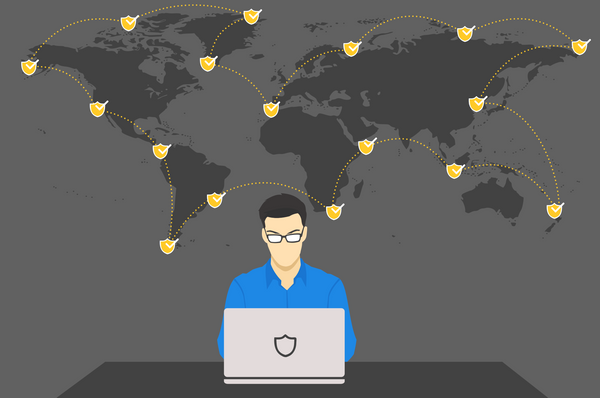Where do schools come in when cyberbullies attack?

“Our school will not tolerate any action that undermines a person’s right to feel safe, respected, and to learn. This policy addresses conduct taking place on school grounds, at any school-sponsored activity, or outside school (if the bullying disrupts the school learning environment or possibly poses an imminent threat to the safety of any student).” – Bullying/Harassment/Intimidation policy at Monteagle Elementary School
Monteagle Elementary in Tennessee is one of the few schools that have stood up and enforced an anti-bullying policy to protect students. Not all school administrators feel it falls under their responsibilities to confront this issue, even though cyberbullying, which mostly takes place out of school, can have a detrimental effect on the school environment in the long run.
Ideally, schools, parents and law enforcement should work together to come up with a good strategy to at least reduce cyberbullying. Completely eliminating cyberbullying might not be feasible at first, but a smarter approach can be to teach children how to react to this type of behavior. After being bullied, 29 percent of children kept it from their parents, 29 percent didn’t open up to anyone and 24 percent actually considered making changes in their appearance, Bitdefender found. According to the same study, pre-teens (12-13 years old) are more likely to open up to either their parents or teachers (4%), while teenagers in general keep entirely to themselves. Only 7% spoke with a school counselor.
Steps Schools Can Take to Raise Awareness
-Some schools that took action against cyberbullies have been sued for violating the right to free speech, so it’s important for parents to understand the consequences on a larger scale. Work together with parents on building a real community and a zero-tolerance environment by organizing regular workshops and anti-defamation campaigns.
-Establish a clear anti-cyberbullying policy and enforce punishments. Consult with law enforcement and an attorney, if necessary, to make sure the proper steps and punishments are considered.
-School can organize educational events or campaigns to teach respect, responsibility and tolerance.
-School counselors and teachers can encourage teenagers to open up to them about their feelings and unpleasant situations they might be facing.
-Join forces with parents to ensure students behave safely online, understand the risks of sharing private information, photos and videos with strangers, and are aware their digital footprint could affect them in the future. According to Bitdefender, teenagers are often hurt both mentally and physically for reasons such as looks (57%), opinions (44%), personality traits (30%) and dress style (27%).
-When developing an anti-cyberbullying strategy, students should be involved in each step along the way to provide insights.
-Some kids will turn into bullies to cope with cyberbullying experienced in the past or even with family trauma. Schools should address their emotions as well through special programs that encourage them to open up to avoid conflicts.
-Encourage bystanders to get involved by immediately reporting any type of abuse they have witnessed.
tags
Author
After having addressed topics such as NFC, startups, and tech innovation, she has now shifted focus to internet security, with a keen interest in smart homes and IoT threats.
View all postsRight now Top posts
Start Cyber Resilience and Don’t Be an April Fool This Spring and Beyond
April 01, 2024
Spam trends of the week: Cybercrooks phish for QuickBooks, American Express and banking accounts
November 28, 2023
FOLLOW US ON SOCIAL MEDIA
You might also like
Bookmarks








